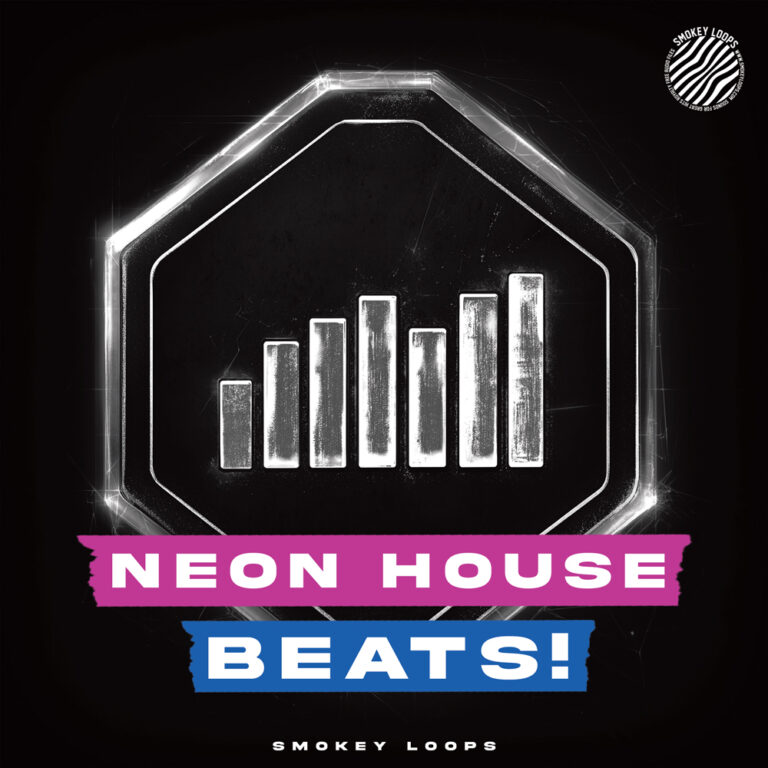Music Psychology for Producers
First, let’s talk about emotional expression in music. Different musical elements can be used to evoke specific emotions in listeners. For example, a minor key is often associated with sadness, while a major key is associated with happiness. The use of dissonance (clashing or unstable sounding chords) can create feelings of tension or dissonance, while the use of consonance (stable sounding chords) can create feelings of resolution or calm. The tempo of a track can also influence the emotional response of listeners. Slow tempos are often associated with sadness or contemplativeness, while fast tempos are associated with energy or excitement. Producers and beatmakers can use this knowledge to create tracks that evoke the desired emotional response in their listeners.
Another important aspect of music psychology is the concept of musical expectation. Listeners have certain expectations about how a piece of music will unfold, based on their prior knowledge and experience with music. Producers and beatmakers can use this knowledge to create tracks that surprise and engage listeners by subverting their expectations. For example, a producer could use a chord progression that is commonly associated with a certain emotion, but then introduce a melody that contradicts that emotion, creating a sense of surprise and tension.
In addition, the concept of “Flow” is important for music production. Flow is the psychological state of being fully immersed and absorbed in an activity, and it is often associated with feelings of happiness and fulfillment. Producers and beatmakers can use flow to help them create music more efficiently and effectively. Flow can be achieved by setting clear goals for the music production, minimizing distractions, and balancing the level of challenge with one’s skill level.
Another important aspect is the concept of rhythmic entrainment, which refers to the human tendency to naturally synchronize to a repeating beat or rhythm. This can be used to create a sense of unity and connection between the listener and the music. Producers and beatmakers can use this concept to create tracks that are more engaging and immersive for listeners by incorporating a strong, consistent beat.
In the field of music production, beatmatching is important for DJs, but also for beatmakers and producers to create a smooth transition between tracks and make sure the tracks feel cohesive. Beatmatching is the process of aligning beats of two songs such that they play at the same tempo and in phase with each other. This can be achieved by adjusting the tempo and phase of one track to match the other, using software tools such as Fruity Loops, Ableton Live, Traktor DJ or Serato DJ.
Finally, a producer and beatmaker should be aware of the concept of “Musical Identity” which refers to the unique characteristics of a piece of music that make it distinct from other pieces and that can be used to identify it. Producers and beatmakers can use their understanding of musical identity to create tracks that are distinct and recognizable. This can be achieved through the use of unique chord progressions, melodies, harmonies, rhythms and timbres.
One important aspect of the music industry is the concept of music genre. Different genres of music have different conventions and expectations, and producers and beatmakers should be aware of these conventions in order to create music that is appropriate for the desired genre. For example, a producer creating a hip-hop track will likely use different beats, melodies, and samples than a producer creating a country track. Understanding the conventions of different genres can also help producers and beatmakers to create music that appeals to specific audiences.
Another important aspect of the music industry is the concept of music distribution. In today’s digital age, there are many different ways for producers and beatmakers to distribute their music, including streaming platforms like Spotify and Apple Music, online marketplaces like Beatport and Bandcamp, and social media platforms like Soundcloud and YouTube. Knowing how to effectively distribute music can help producers and beatmakers reach a wider audience and make a greater impact in the industry.
Marketing and promotion also play a vital role in the music industry. Producers and beatmakers should be aware of different marketing strategies and how to effectively promote their music. This can include building an online presence through social media, networking with other industry professionals, performing live, creating and distributing music videos, and collaborating with other artists.
As the music industry continues to evolve, it is important for producers and beatmakers to stay informed about the latest trends and technologies. For example, the use of Artificial Intelligence and machine learning in music production is becoming increasingly popular and can be used to generate music, create new sounds and even compose.
Finally, it is important for producers and beatmakers to understand the legal and business aspects of the music industry. This includes understanding copyright laws, contract negotiations, and the role of music publishers and record labels. This knowledge will help them to protect their rights and interests as music creators and ensure that they are fairly compensated for their work.
In conclusion, understanding the music industry can help producers and beatmakers create music that is appropriate for the desired genre, effectively distribute and promote their music, stay informed about the latest trends and technologies and protect their rights and interests as music creators.
Key Points:
- Emotional expression in music can be achieved through the use of specific musical elements such as key, dissonance/consonance, and tempo.
- Musical expectation can be used to surprise and engage listeners by subverting their expectations.
- Flow, rhythmic entrainment, and beatmatching are important concepts for creating more engaging and immersive music.
- Musical identity, genre conventions, and music distribution are crucial for reaching a specific audience and making an impact in the industry.
- Marketing and promotion, as well as staying informed about the latest trends and technologies, are important for building a successful career in the music industry.
- Producers and beatmakers should also understand the legal and business aspects of the music industry to protect their rights and interests.
| Concept | Description |
| Emotional expression | Different musical elements can be used to evoke specific emotions in listeners. |
| Musical expectation | Listeners have certain expectations about how a piece of music will unfold, based on their prior knowledge and experience with music. |
| Flow | The psychological state of being fully immersed and absorbed in an activity, and it is often associated with feelings of happiness and fulfillment. |
| Rhythmic entrainment | The human tendency to naturally synchronize to a repeating beat or rhythm. This can be used to create a sense of unity and connection between the listener and the music. |
| Beatmatching | The process of aligning beats of two songs such that they play at the same tempo and in phase with each other. |
| Musical identity | Unique characteristics of a piece of music that make it distinct from other pieces and that can be used to identify it. |
| Music genre | Different genres of music have different conventions and expectations, and producers and beatmakers should be aware of these conventions in order to create music that is appropriate for the desired genre. |
| Music distribution | There are many different ways for producers and beatmakers to distribute their music, including streaming platforms, online marketplaces, and social media platforms. |
| Marketing and promotion | Building an online presence through social media, networking with other industry professionals, performing live, creating and distributing music videos, and collaborating with other artists. |
| Trends and technologies | Artificial Intelligence and machine learning in music production is becoming increasingly popular and can be used to generate music, create new sounds and even compose. |
| Legal and business aspects | Understanding copyright laws, contract negotiations, and the role of music publishers and record labels. |



